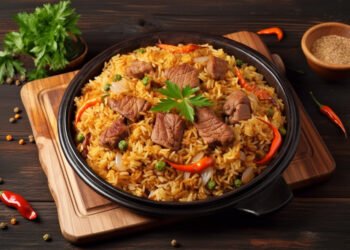- Penang’s Kita Food Festival signals a revival of gastronomic tourism amid an explosion of young avant-garde chefs in Malaysia exploring their culinary heritage
- But will global food tourism roar back at full force, buoyed by top chefs and Michelin-star restaurants, or will trends veer towards increased sustainability?
We are halfway through a three-hour dinner on the opening night of the Kita Food Festival, held in October in George Town, the colonial capital of Malaysia’s Penang island when the chefs serve a novel curry.
“It’s the first goat curry I’ve ever made,” explains Andrew Martin, the Canadian chef from 80/20, a one-Michelin-star restaurant in Thailand’s capital Bangkok.
Martin is collaborating on a six-course feast with Johnson Wong, a Malaysian-Chinese chef whose Gen restaurant is a sensation in George Town.
They seem an unlikely pair: Martin, tall and boyish, fell in love with Thai food on a holiday, he says, and has been concocting adventurous, acclaimed fusion dishes ever since.
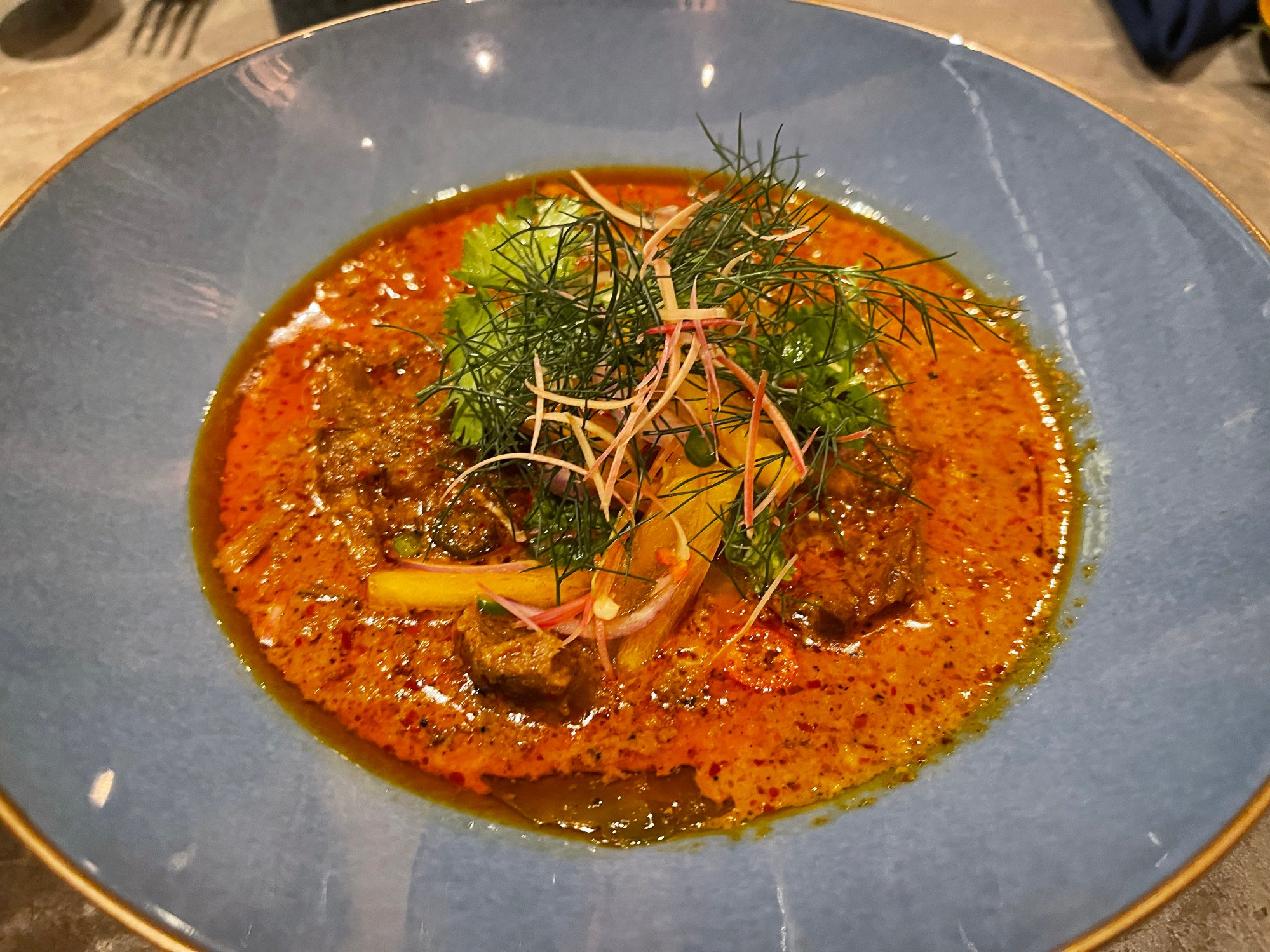
More significantly, the festival signalled a revival of gastronomy after years of lockdowns. Food events are back, and not only in the world’s food capitals.
Yet questions abound. Will food tourism roar back at full force, a wave of US$1,000-a-plate dinners served in stellar settings, as part of the celebrated ranking of Michelin stars and trophies from the World’s 50 Best Restaurants list?
Or will a trend towards increased sustainability and the reduction of kitchen waste gel as an actual movement in the age of climate breakdown, rather than remain as a series of feel-good talking points?
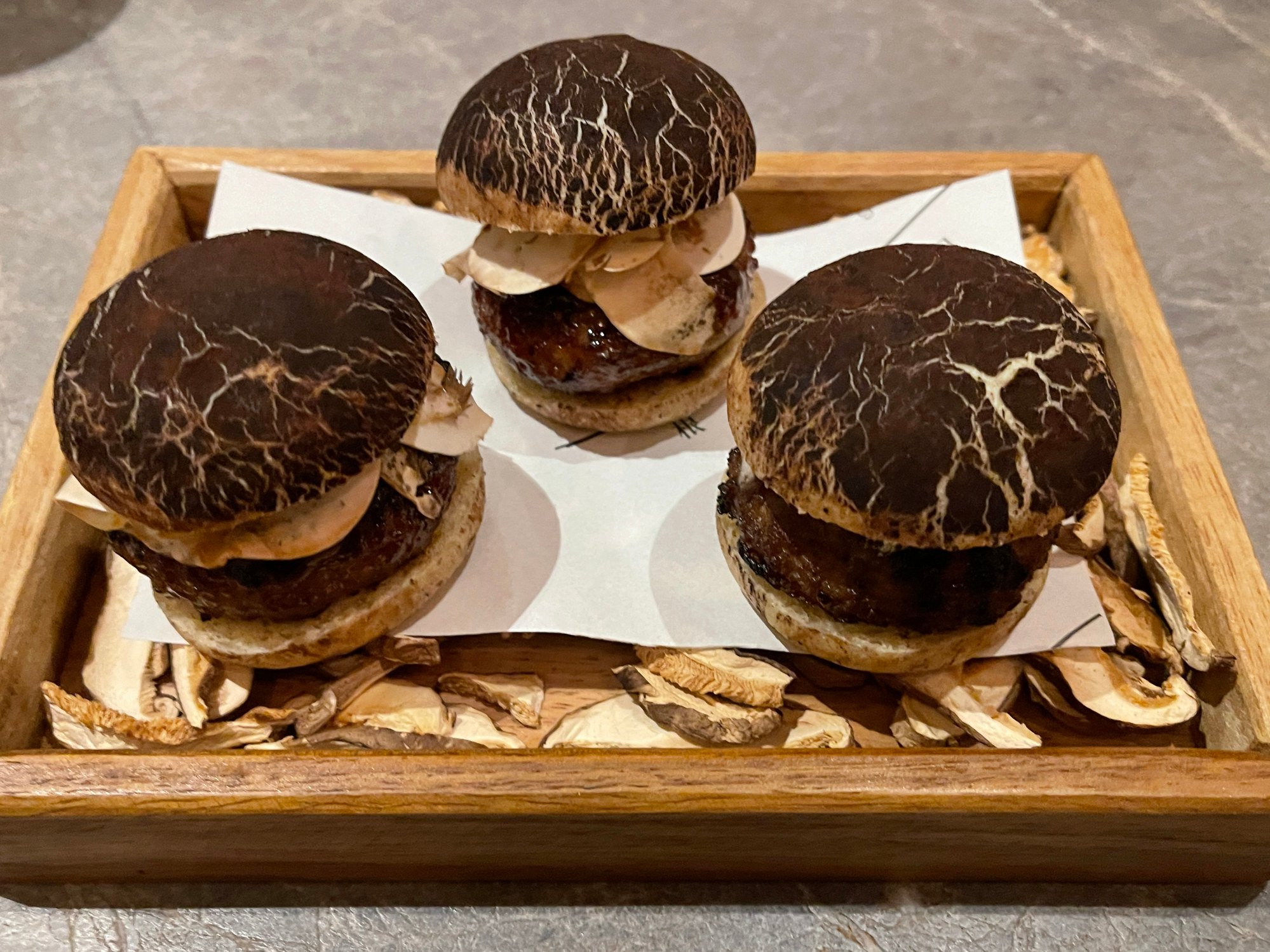
As food festivals sprout in locations such as Penang, the joy of eating, drinking and flooding social media with food posts, after public dining bans during the pandemic, is returning. As is the joy of being back in the kitchen.
“It’s great to just be cooking again with friends,” says Kim Hock Su, chef at Penang’s Au Jardin and half of one of Kita’s most ambitious pairings, with Aitor Jeronimo Orive, from Singapore’s one-Michelin-star Basque Kitchen by Aitor.
They joined eight chefs on Kita Penang’s final night, cooking inventive dishes on the spot at China House. “We’re all part of a big community,” Su says. “We cook together, we share and that helps us get better. That’s why we come together for these festivals.”
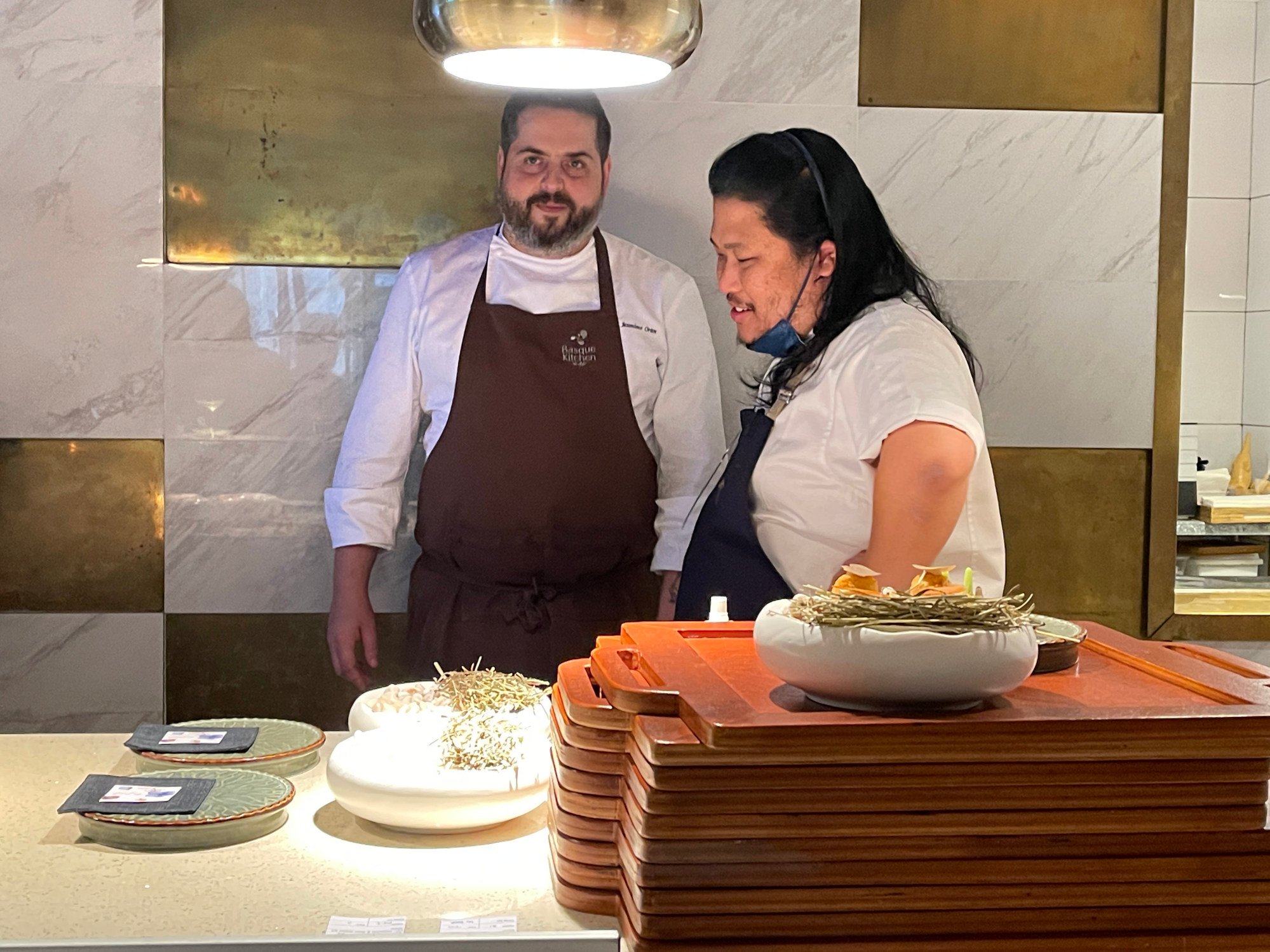
Kita launched in 2021, but as a smaller event due to Covid-19 restrictions, organiser Leisa Tyler says. That perhaps helped hone its vision, which focuses on local cuisine and nurturing rising chefs. Kita means “us” or “we” in Malay.
Kita’s goal, Tyler says, is to put Malaysia firmly on the world culinary map. “We want to give the industry a nudge, allow it the resources and support to get stronger.”
For decades the culinary world has trended towards more luxurious, expensive restaurants, with celebrity chefs offering what Asian TV chef Bobby Chinn calls “tweezer food with foam”.
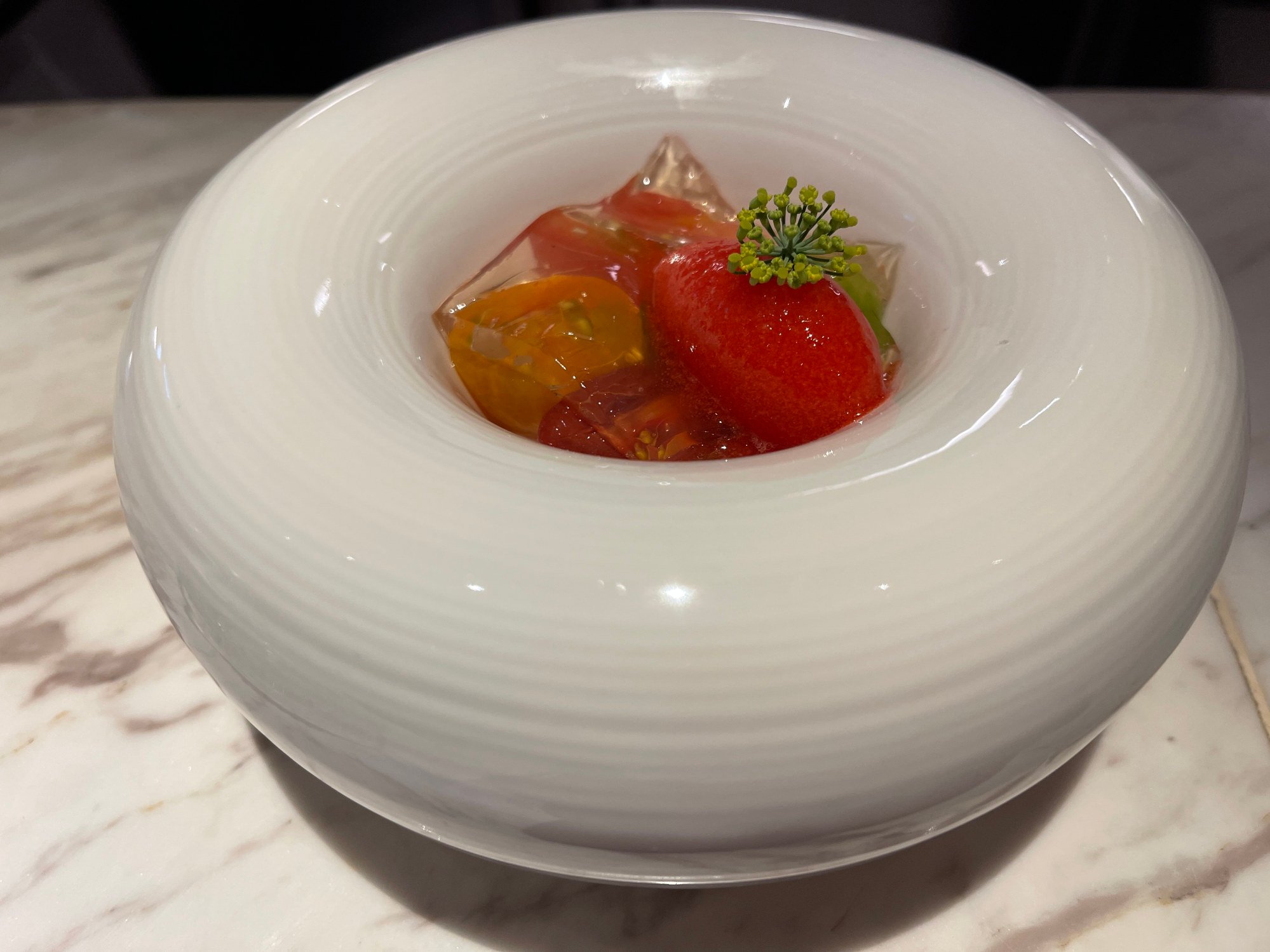
Many, like Chinn, believe it’s time to rethink the bloated structure of culinary stardom, and instead look to local talent and tradition.
“We think it’s Malaysia’s time next,” says Tyler, a former regional chair for Asia’s 50 Best Restaurants who now runs an organic produce business in Penang.
“We have seen huge surges in restaurants in Singapore and Thailand. Malaysia always lagged behind. The last five years have seen an explosion in young avant-garde chefs coming to the fore – exploring endemic ingredients and exploring the country’s mammoth and very multicultural culinary heritage.”
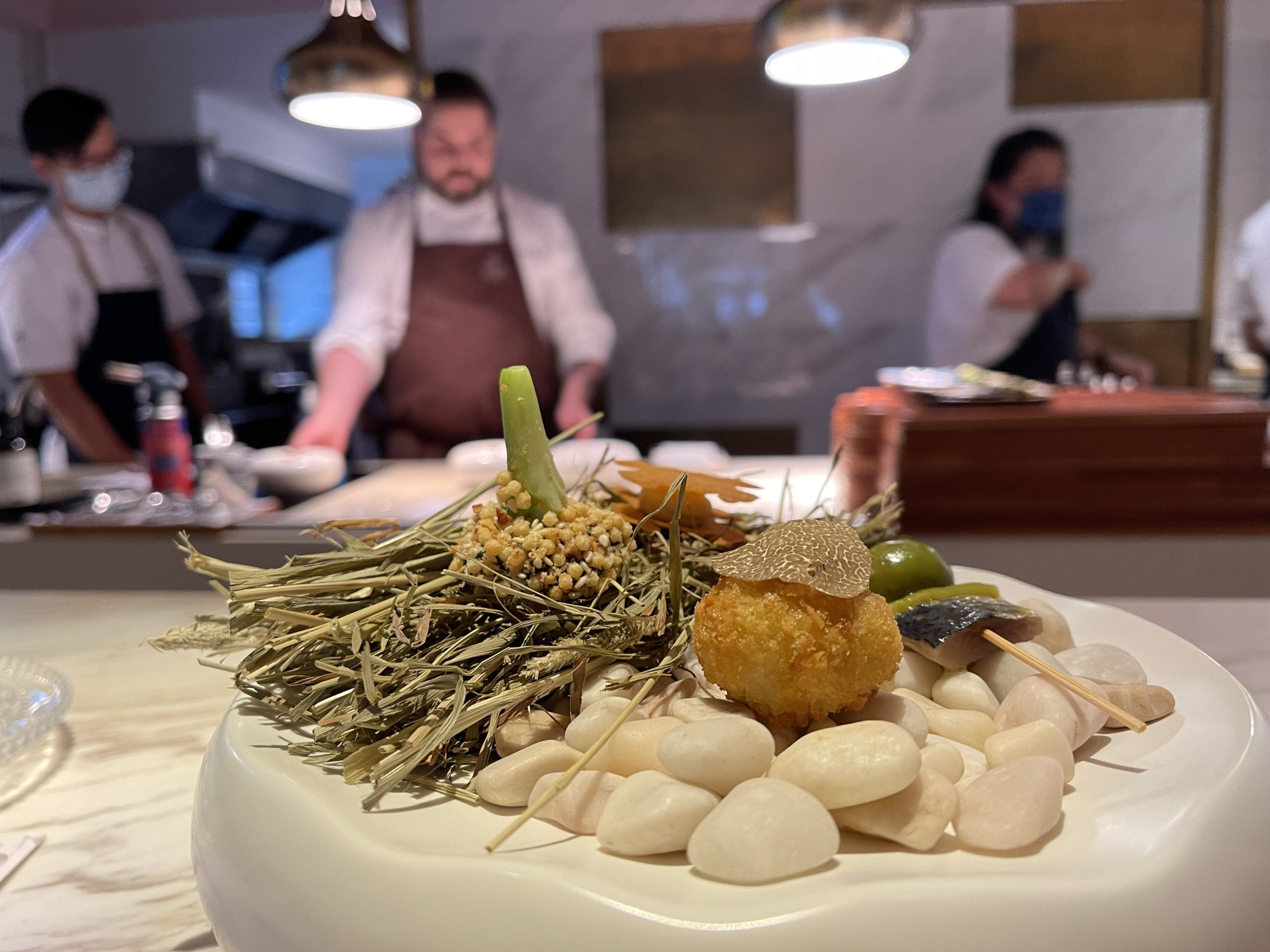
Travel and consumer trends analyst Gary Bowerman thinks food travel will rebound as a massive force following the pandemic pause.
“There is an exciting new energy in cafe and restaurant concepts, a greater array of cuisines and more fusion between traditional local foods and flavour influences from across Asia and around the world,” he says.
“Shopping for, preparing and eating food has an emotional resonance, and is increasingly viewed as a way to connect more deeply with local living in a chosen destination.
“Young travellers are food curious far beyond the realm of a cafe or restaurant – they want to know the backstory of dishes they are enjoying for the first time. So they like to go to where the ingredients are cultivated and nurtured, speak with farmers, food producers as well as market and street-food traders.
“This type of participative culinary travel extends beyond classic cookery class trips into a broader range of experiences that connect travellers to the land, to local communities and to the foods and flavours that are unique to their surroundings.”
Julien Royer, chef-owner of Odette, a three-Michelin-star Singapore eatery that has twice topped Asia’s 50 Best Restaurants list, says the challenging pandemic period forced the industry – and Odette – to rethink many business aspects.
For example, besides implementing heightened hygiene measures, Odette launched a gourmet home delivery service.
“We learned to be nimble and adaptable, and remain open to new methods of serving our guests,” Royer says. “[But] at its core, fine dining will continue to be about providing a holistic and meaningful experience.”
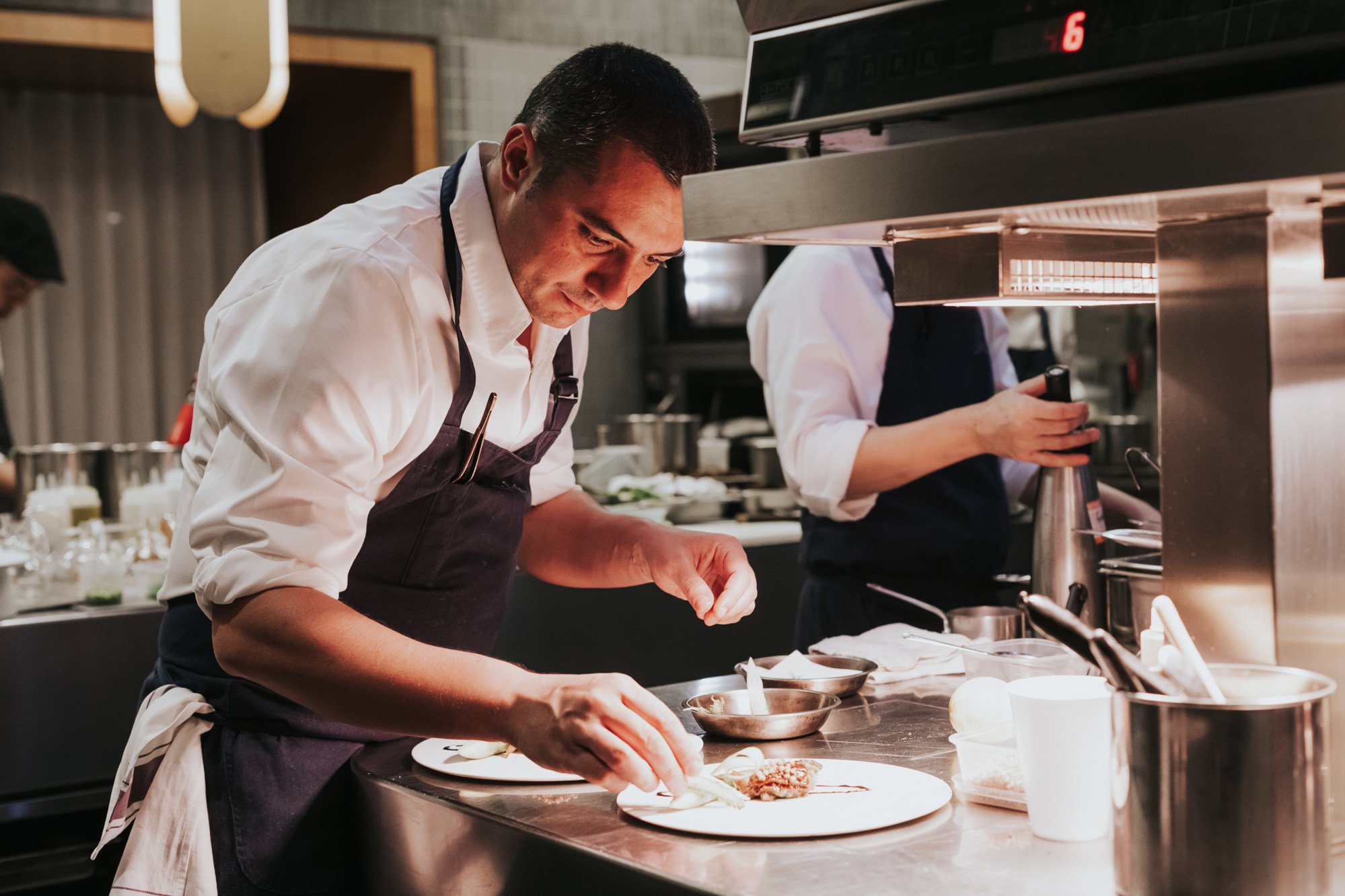
At Jaan by Kirk Westaway, atop the Singapore Swissotel tower, chef Westaway says that the demand for fine dining experiences is definitely growing.
“In a country like Singapore, where almost everyone is a foodie, diners know exactly what they want to eat and how it should be cooked.”
He notes some positive trends that gained traction during the pandemic, when there was time for chefs to “recalibrate, reassess and refine everything we do”, such as a shift from meals centred on animal proteins towards “lighter, vegetable-forward menus”. It’s a trend Westaway has been championing for years.
“Post-Covid, people are craving experiences and looking to reward themselves more than ever before. From service to culinary creations, we’re constantly exploring ways to elevate the experience in a way that will touch and engage with our guests,” he says.

Hong Kong, one of the world’s premium restaurant centres, was cut off longer than most places during the pandemic. At two-Michelin-star Amber, at the Mandarin Oriental Landmark Hotel, executive chef Richard Ekkebus says business is now on an upswing.
“We believe the pandemic has reiterated the need of restaurants in society,” he says. “We are social creatures and want to patronise restaurants. Fine dining is here to stay for sure.”
He predicts a full recovery for Hong Kong’s dining scene in 2023.
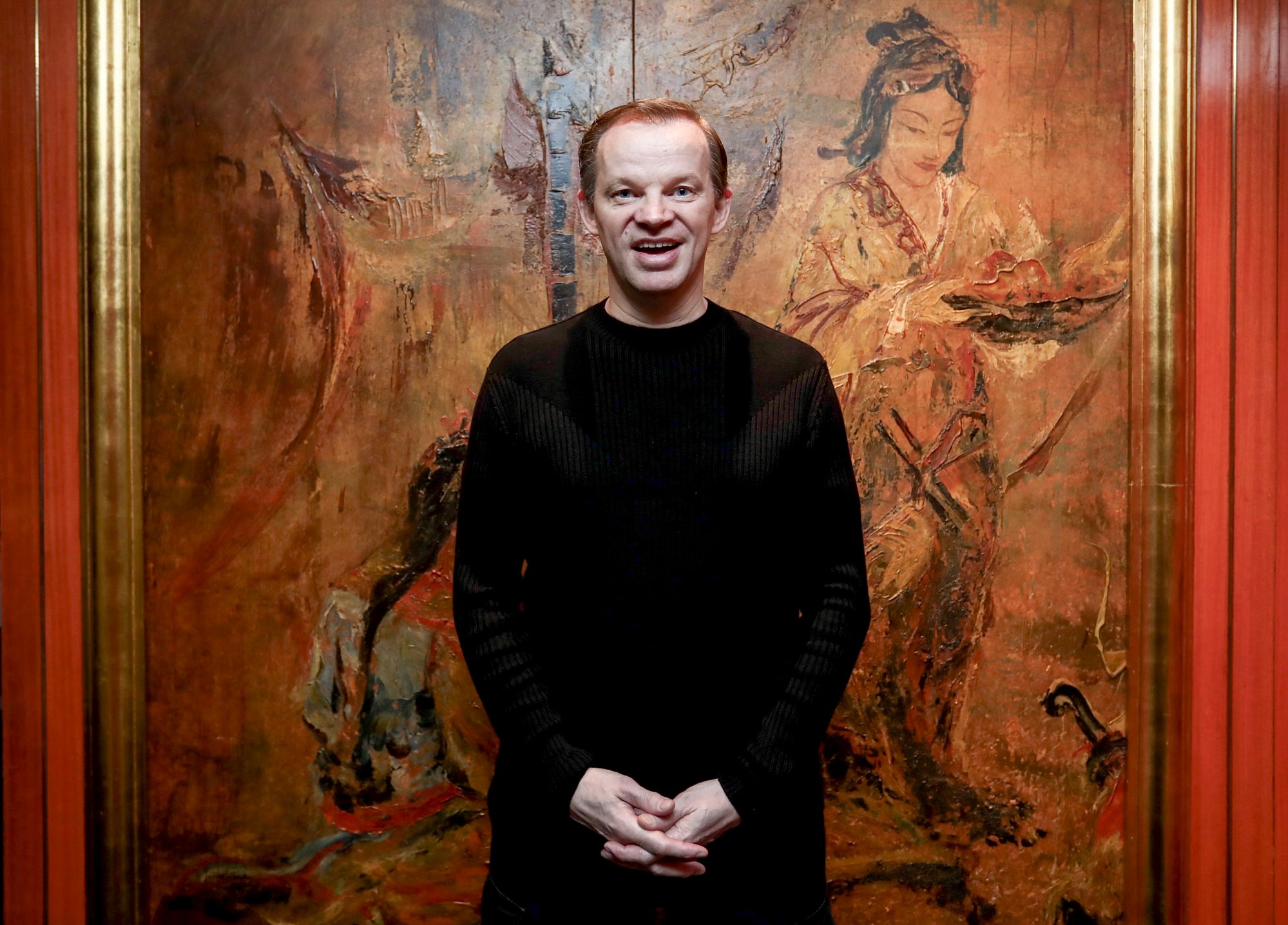
Travellers spend an estimated 25 per cent of their budget on food, and 80 per cent of them research food and drink options during destination planning, according to the World Food Travel Association.
Widely disparate values are given to food travel, but the sums are enormous, with research groups suggesting tallies ranging from US$500 billion to US$800 billion in 2022, with some projecting the total could top an annual US$4 trillion worldwide by 2032.
“We all want to go out, meet together and socialise over food – and wine,” says Anthony Tan, sales director at Inhesion Asia, the owner of Legle, a porcelain tableware maker that provided the tableware for Kita. “There is just so much demand. Fine dining will definitely come back.”
At Kita, over wine at the end of another massive meal, he adds with a satisfied smile, “It already has.”







